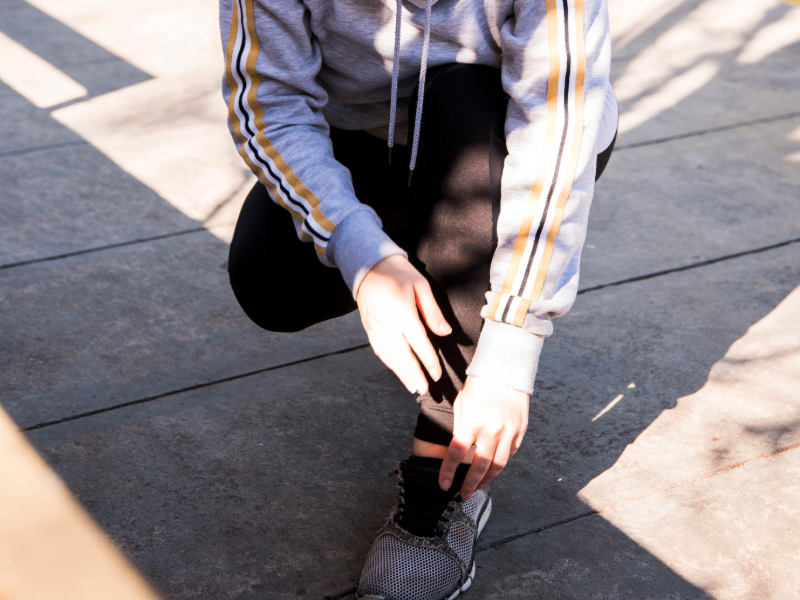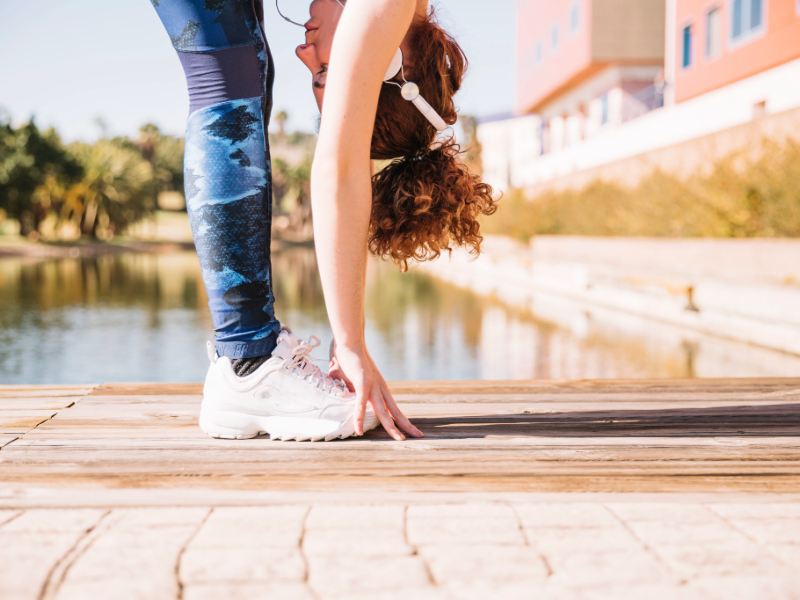Walking is one of the simplest and most effective ways to begin your fitness journey. It requires no special equipment, can be done almost anywhere, and is gentle on your joints. For beginners, walking offers a low-barrier entry into a healthier lifestyle — and with the right approach, it can deliver impressive results.

1. Why Walking Works
Walking improves cardiovascular health, boosts mood, helps manage weight, and increases energy levels. It’s a low-impact activity that still delivers great benefits when done consistently.
2. Getting Started
Start with 10–15 minute walks at a comfortable pace. Focus on good posture: head up, shoulders back, and arms swinging naturally. Wear supportive shoes and dress appropriately for the weather.

3. How to Progress
Gradually increase the duration and intensity of your walks. Try:
- Walking 30 minutes per day, most days of the week
- Adding hills or intervals (brisk walking for 1–2 minutes)
- Tracking steps with a pedometer or smartphone
4. Create a Walking Routine
Aim for consistency. Set a schedule — morning, lunch break, or evening — and treat your walks like appointments. Walking with a friend or listening to music or podcasts can make it more enjoyable.

5. Avoid These Common Walking Mistakes
- Wearing unsupportive shoes
- Slouching or looking down
- Skipping warm-up or cool-down stretches
Correcting these habits will help you walk more efficiently and safely.

6. Stay Motivated
Celebrate milestones like your first full week of walking or hitting 5,000–10,000 steps in a day. Visual progress and goal setting keep you engaged and moving forward.

Conclusion
Walking for beginners is a powerful first step toward better health. It’s easy to start, kind to your body, and can transform your fitness when done consistently.
Looking to make walking a lasting habit? Check out our article on How to Build a Consistent Workout Routine as a Beginner to keep your momentum going!


